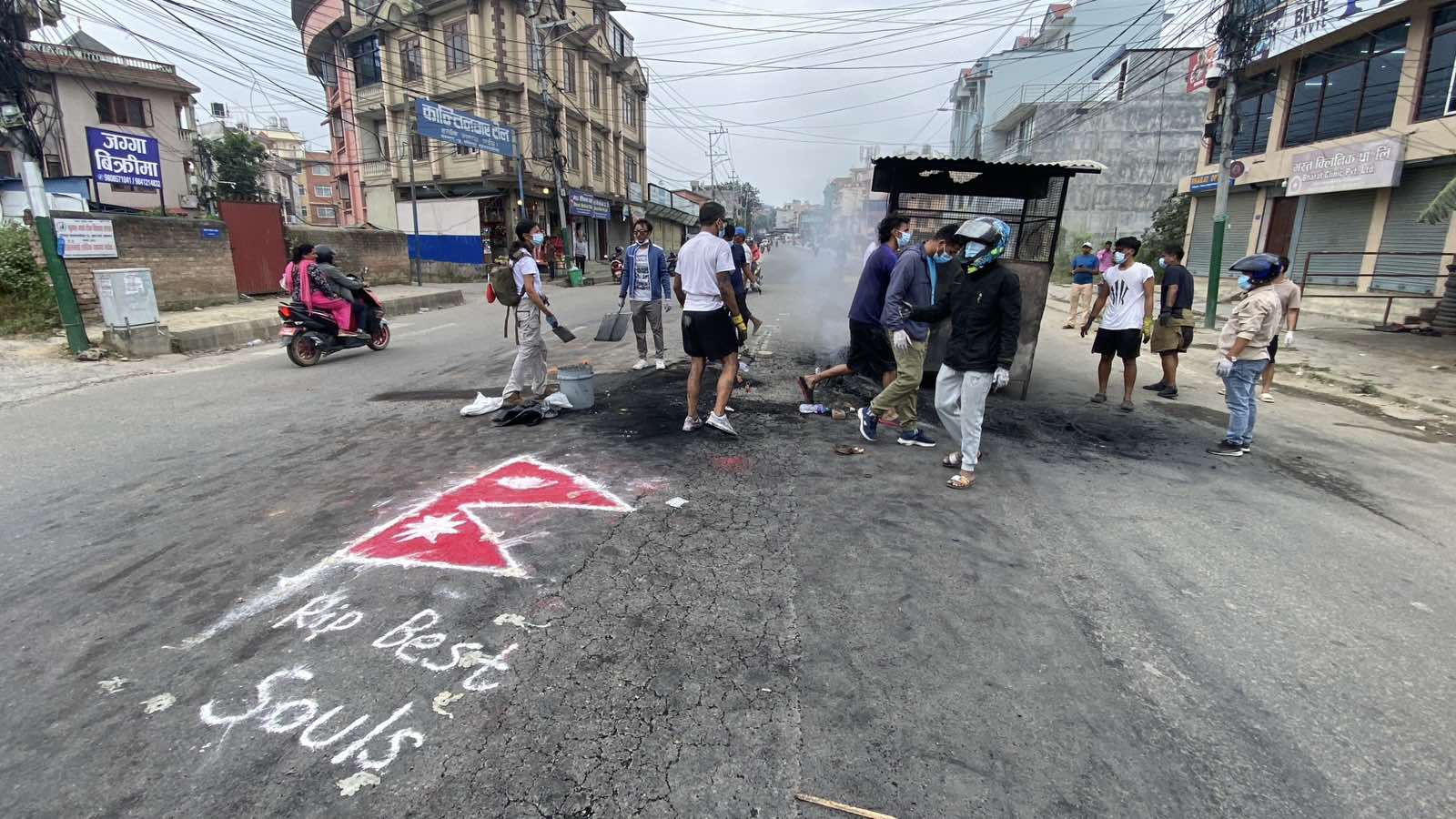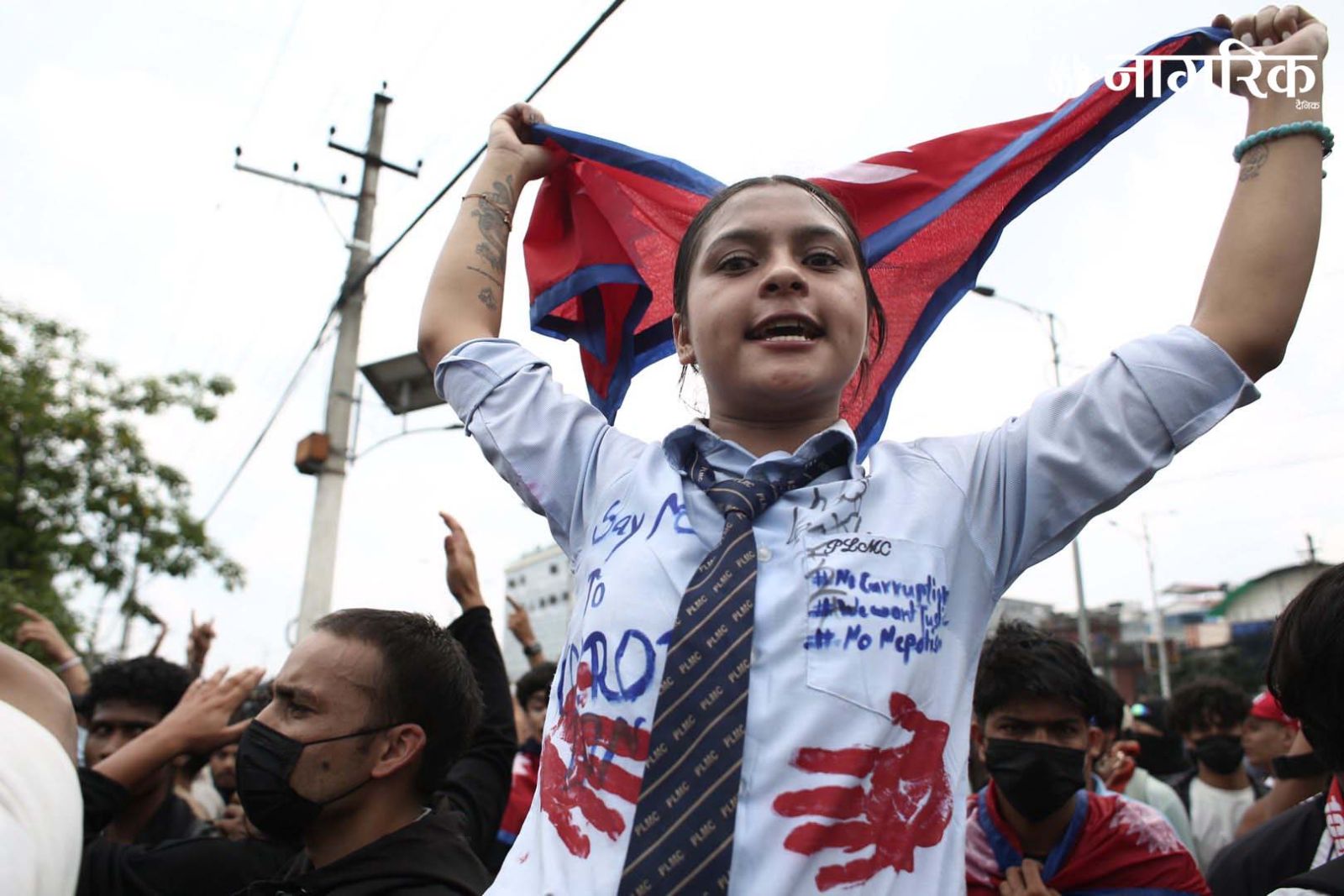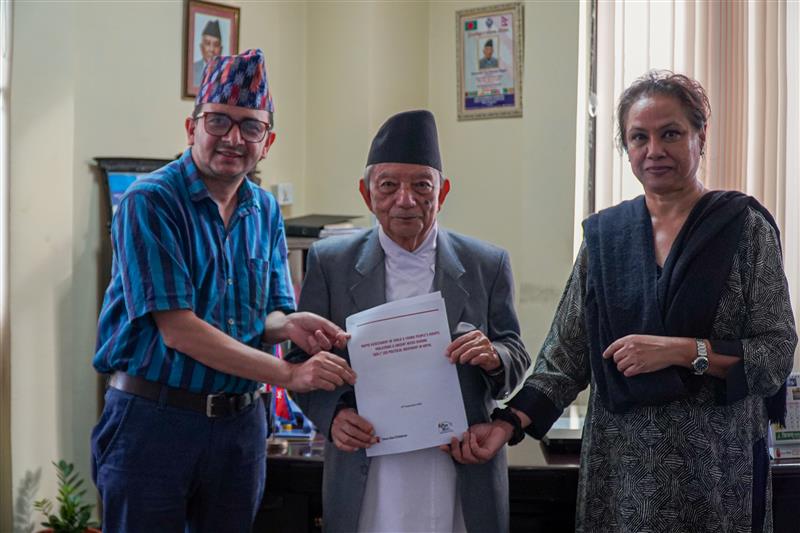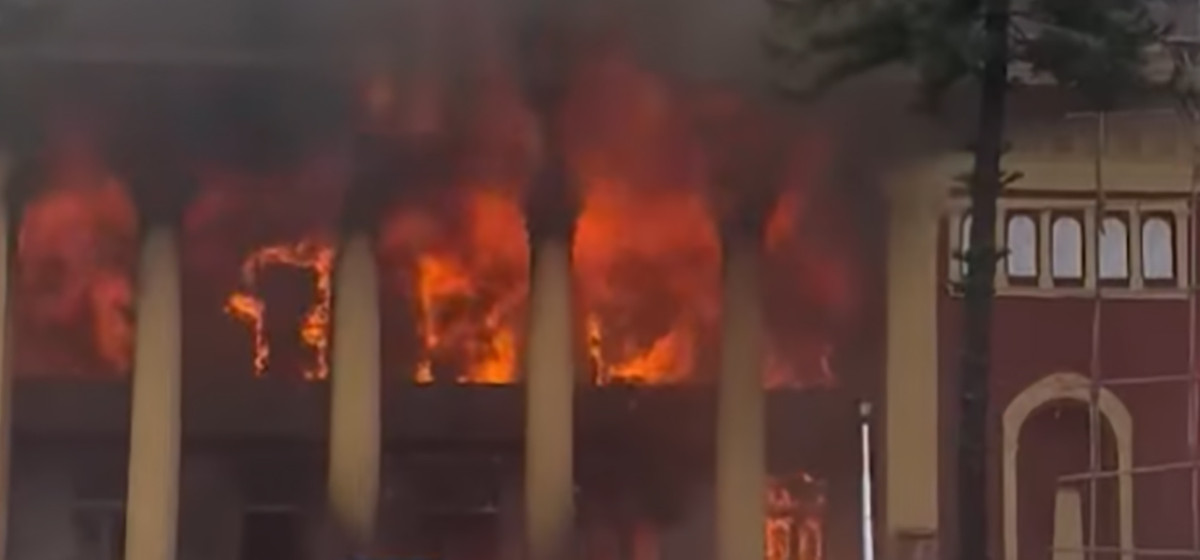The dates of September 8 and 9, 2025, will remain etched in Nepal’s collective memory as moments of both courage and tragedy. What began as peaceful demonstrations, led predominantly by young Nepalis demanding accountability, transparency, and an end to entrenched corruption, ended in violence that claimed at least seventy-two lives. Among the dead were students in uniform—young men and women whose aspirations for a fairer future were met not with dialogue but with deadly force. For their families and for our nation, the loss is immeasurable. Yet even as we grieve, we must confront the deeper meaning of this movement and ask what lessons it leaves us.
It is easy, in moments such as these, to direct all our attention toward the immediate political figures who presided over the crisis. Nepal has done this before. In 1951 (the end of Rana rule), 1990 (the end of Panchayat), and 2006 (the end of the civil war), we sought transformation through the removal of ruling elites and the promise of new beginnings. Each moment carried genuine hope, but each was followed by disappointment. Institutions remained fragile, power stayed concentrated, and corruption adapted to the new order. As a result, political turnover rarely delivered lasting structural change. This repetition is one reason frustration today runs so deep: many young people feel that history keeps repeating itself and that despite their courage, the results will once again be limited.
But things do not have to be this way. Around the world, there are examples of countries that faced deep challenges and still managed to turn their histories in a different direction. Scholars like Daron Acemoglu, who received the Nobel Prize in Economics in 2024, have shown that prosperity depends not simply on geography or resources but on the quality of a country’s institutions—whether they are inclusive, protecting rights and broadening opportunities, or extractive, concentrating power in the hands of a few. Acemoglu’s work demonstrates how countries that build inclusive institutions can harness crises as opportunities for transformation, while those trapped in extractive systems often see uprisings fade into continuity.
South Korea provides one striking illustration. In the 1950s, its per capita income was comparable to that of Nepal, and the devastation of war left the country seemingly without prospects. Yet the state undertook land reforms, expanded access to education, and created incentives for investment in industry. Although authoritarian politics persisted for decades, the economic institutions built during this period were inclusive enough to allow broad participation in growth. By the time democracy arrived in the late 1980s, South Korea had already built a strong base of human capital and industrial capacity, enabling its transition into one of the most prosperous societies in the world.
Nepal’s tourism industry staggers under fresh setback as Gen Z...
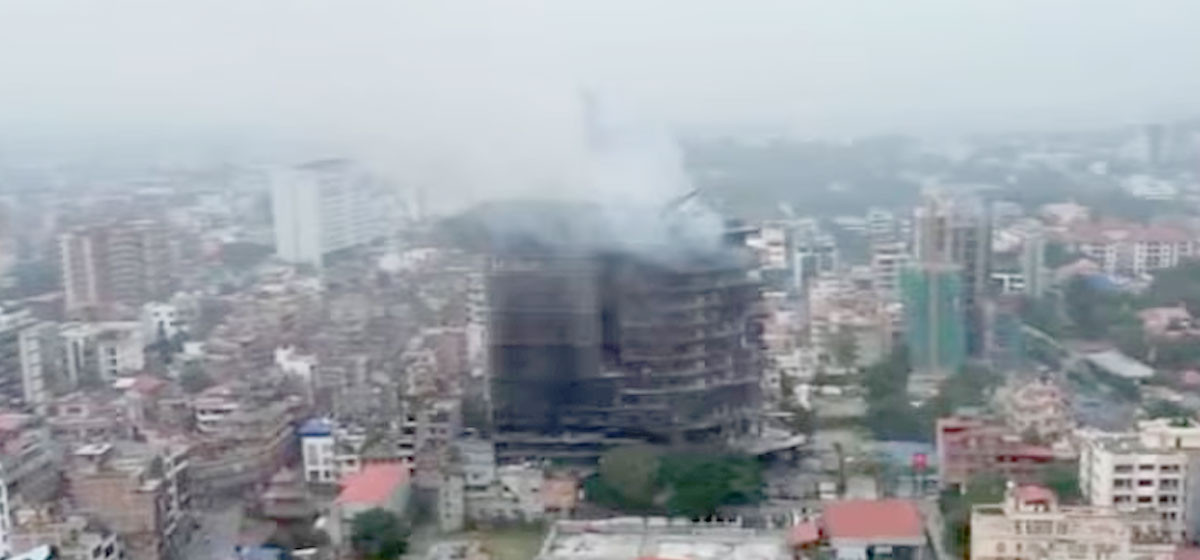
Botswana offers another example. At independence in 1966, it was among the poorest countries in Africa—landlocked and resource-dependent. The discovery of diamonds could easily have led to the familiar “resource curse,” where elites monopolize wealth and institutions collapse under rent-seeking pressures. Instead, Botswana’s leaders established transparent rules for managing diamond revenues, investing heavily in education, health, and infrastructure. Traditional practices of consultation among chiefs and communities were adapted into modern governance structures, helping to keep institutions inclusive. Today, Botswana has one of the highest per capita incomes in Africa. While challenges remain, its institutional foundations have allowed it to avoid the destructive path taken by many of its neighbors.
These examples matter for Nepal because they show that history is not destiny. A country can begin in poverty, instability, or even devastation and still build a more inclusive future if it strengthens its institutions at the right moments. Nepal, too, has experienced critical junctures: the fall of the Ranas, the restoration of democracy, the civil war, and the republic. Yet in each case, the opportunity was largely captured by elites who reshaped the political order to their advantage rather than fundamentally reforming the rules of the game. As a result, extractive institutions have persisted, making it difficult for protests, however courageous, to achieve durable change.
The anger of Nepal’s Gen Z generation, therefore, should be understood not as a rejection of one government alone but as a response to the broader system that has failed to deliver accountability and opportunity. The protests were sparked by restrictions on social media, but the grievances ran much deeper: the daily experience of corruption in schools, hospitals, and workplaces; the uncertainty of property rights; the lack of trust in courts and police; the frustration of watching opportunities evaporate unless one has the right connections. These are not simply political problems—they are institutional problems.
If we want to honor the lives lost, then our response must go beyond replacing faces in power. It must focus on strengthening the institutions that make corruption harder, accountability stronger, and opportunity more widely shared. That means ensuring the independence of the judiciary, so justice is not hostage to political deals. It means reforming political financing and party structures, so patronage networks cannot dominate decision-making. It means guaranteeing secure property rights and predictable regulation, so young entrepreneurs feel confident investing in their own country rather than seeking futures abroad. It means building oversight bodies that are genuinely independent—from anti-corruption commissions to audit authorities—so the state is answerable to citizens rather than parties. And it means making federalism meaningful, ensuring that local governments are empowered but also held accountable, preventing decentralization from becoming a new layer of elite capture.
These are not easy reforms. They require political will, legal change, and sustained public pressure. But they are not impossible. Countries that have succeeded did so not because they had perfect leaders, but because they built institutions strong enough to constrain leaders and align incentives with the public good. Strong institutions cannot guarantee honest politics, but they make dishonesty harder to sustain and easier to punish. Weak institutions, by contrast, make even the best-intentioned leaders vulnerable to failure.
This is why the September protests must be seen as a turning point, not just in our politics but in our understanding of what change requires. The courage of our young people has once again exposed the fragility of our system. If we respond only with sympathy, or with the replacement of one set of politicians by another, then the tragedy will repeat itself. If, however, we respond with reforms that strengthen the rules of the game, then the sacrifice of those who died will become part of a longer story of transformation.
Nepal has the capacity to change. Our people are resilient, our resources are abundant, and our youth are engaged and globally connected in ways no generation before them has been. What we lack are institutions that channel this energy into sustainable progress. That is the task before us now: to build structures that will endure beyond leaders, that will secure accountability not just in moments of crisis but in the ordinary workings of daily life.
As we reflect on September 2025, grief must be joined by responsibility. The responsibility belongs to our leaders, who must recognize that their legitimacy depends on more than patronage. It belongs to our civil society, which must continue to hold institutions accountable. And it belongs to all citizens, who must see that democracy is not only about periodic elections but about the ongoing work of making the state responsive, fair, and just. If this moment becomes another episode in a familiar cycle, the sacrifice will have been in vain. But if it becomes the impetus for institutional reform, then it may yet mark the moment when Nepal began to build the inclusive future its people have so long desired.
The author has worked in international development for over a decade across multiple countries and is a recent graduate of the Harvard Kennedy School of Government. He can be reached at monikbhatta@hks.harvard.edu



